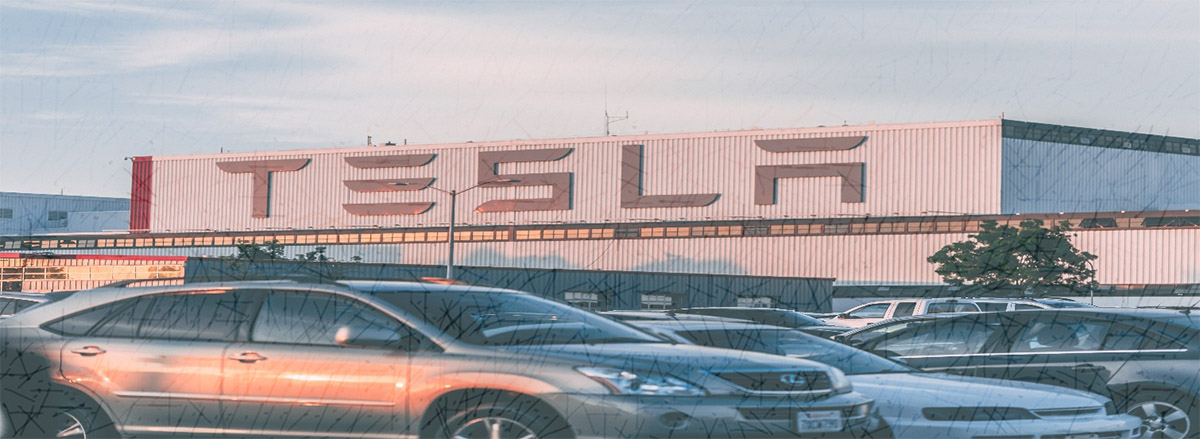The American multinational automaker Ford is planning to launch its brand new hand-free driving feature on the 2021 F-150 pickup truck as well as on 2021 Mustang Mach-E models via a software update, later this year. Ford has introduced a technology that is efficient enough to compete with related programs from GM and Tesla.
The hands-free driving facility is supported by cameras, radar sensors, and software that offers active cruise control, speed sign recognition, and lane centering. Before publicizing, this feature gone through almost 500,000 miles of development testing, The CEO of Ford Jim Farley, announced that Ford’s hand-free system known as BluseCruise is being tested in the real world so that the customer doesn’t have to. Moreover, this system has also an in-cabin camera that makes sure that the driver’s eyes remain on the path by displaying eye gaze and head position.
Ford’s hand-free system will be available for the automobiles that are equipped with the company’s CO-pilot 360 technology and it will only be functional in designated sections of divided highways. The system will be introduced via software program updates by the end of this year and in the beginning, it will be accessible for over 100,000 highway miles in North America.
The BlueCruise software does come with a value, it offers three years service period that will cost around $600. The cost of up-gradation of the software rests on the vehicle model. For example, the owner of the F-150 had to pay an extra $995 for upgrading the hardware, while the Mustang Mach-E model owner will require an additional $2,600 for the same upgrading. BlueCruise reaches standard on different variants of Mustang Mach-E (CA Route 1, Premium, and First Edition).
Although all the automakers provide some features for driving assistance, Ford’s clear purpose is to achieve or grab the market shares from Tesla and GM. These are the top companies and most efficient ADAS. According to the company’s sale and take rate estimation the key to fulfill the internal goal of selling more than 100,000 vehicles that are equipped with BlueCruise is persuading the customers that its system is worth the expense.
GM Super Cruise combines lidar map data, camera and radar sensors, high precision GPS, and a driver’s attention system, which can display people from behind the steering wheel to make sure that they are paying attention. The users of Super Cruise are different from Tesla’s Autopilot driver assistance system, they just need to look straightforward rather than putting their hands on the wheel.

Tesla’s autopilot feature contains a combination of different sensors like cameras and radars, computing power, and software. Autopilot is the standard of all new Tesla vehicles that can automatically steer, accelerate and brake in its lane. Tesla uses a steering wheel torque sensor that helps to determine whether the driver needs to pay attention or not, although many have found and publicly documented tricks so that they can leave the steering wheel and eyes off the road.
Tesla charges $10,000 to upgrade to FSD, which is its internal branding that helps in self-driving. Although FSD is not autonomous but, it offers the customer several effective driver assistance functions like automatic lane changing, capacity to recognize and respond to traffic lights and stop signs. Moreover, it also provides navigation features, which can suggest changing lanes when you are driving along the route, and automatically guide the vehicle to intersections and highway exits.
According to Ford, its system communicates with drivers in a number of ways such as showing blue-lit text and signs in the instrument cluster that is helpful for color blind people.
The company said that in the future it will provide the so-called BlueCruise hand-free technology for other Ford vehicle models as well. Drivers who choose this technology will receive the software updates constantly as it upgrades. Ford stated the future enhancement includes a feature that can make the vehicle change lanes by touching the turn signal and can also predict and adjust the speed of the roundabout and the turns. The company is also planning to provide regular mapping updates.

